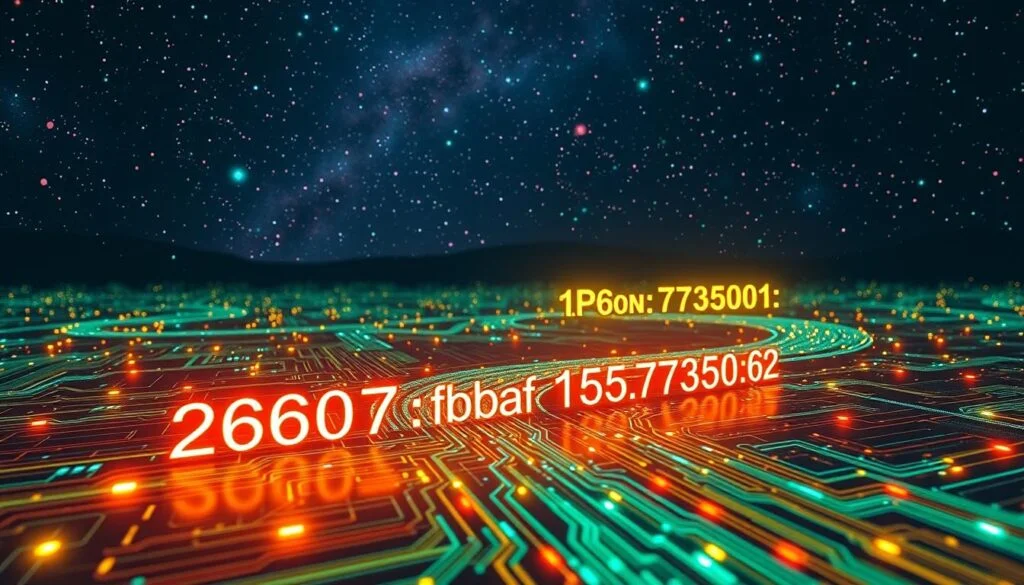Introduction
In the world of networking, understanding IP addresses is crucial for connectivity and communication. IPv6 addresses, such as 2607:fb91:15af:7350::62, play a significant role in today’s internet landscape. Let’s explore what this address represents and its importance.
What is IPv6?
IPv6, or Internet Protocol version 6, is the most recent version of the Internet Protocol. It was developed to replace IPv4, which has a limited number of addresses.
Why Do We Need IPv6?
With the explosion of devices connected to the internet, IPv4 addresses have become scarce. IPv6 provides a vastly larger address space, allowing for more unique IP addresses.
Decoding the IPv6 Address 2607:fb91:15af:7350::62
Structure of IPv6 Addresses
An IPv6 address consists of eight groups of four hexadecimal digits, separated by colons. The address can also contain shorthand notation, as seen with the double colon (::), which represents one or more groups of zeros.
Breaking Down the Address
- 2607: This part identifies the address block.
- fb91:15af:7350: These segments provide further specificity about the network and the device.
- ::62: The double colon indicates one or more groups of zeros, with 62 being the final segment.
Importance of IPv6 Addresses
IPv6 addresses, including 2607:fb91:15af:7350::62, are vital for:
Addressing Millions of Devices
As more devices connect to the internet, IPv6 ensures that there are enough addresses available.
Improved Network Efficiency
IPv6 simplifies routing and improves the efficiency of data transmission across networks.
Enhanced Security Features
IPv6 includes built-in security features that were optional in IPv4, enhancing overall network security.
How to Find Your IPv6 Address
Finding your own IPv6 address can vary depending on your operating system. Here are quick steps:
On Windows
- Open Command Prompt.
- Type
ipconfigand press Enter. - Look for the line labeled “IPv6 Address.”
macOS
- Open System Preferences.
- Click on “Network.”
- Select your active connection and look for the IPv6 address.
On Linux
- Open a terminal.
- Type
ifconfigorip addr show. - Find the IPv6 address listed.
Common Issues with IPv6 Connectivity
Despite its advantages, some users may experience issues when transitioning to IPv6.
Configuration Problems
Incorrect settings can lead to connectivity issues. Ensure your device is properly configured to use IPv6.
Limited Support
Not all websites or services fully support IPv6 yet, which can lead to access problems.
Conclusion
The IPv6 address 2607:fb91:15af:7350::62 represents a key aspect of modern internet connectivity. Understanding its structure and importance helps users navigate the increasingly complex digital landscape.
FAQs
What is the main purpose of IPv6?
The primary purpose of IPv6 is to provide a larger address space to accommodate the growing number of devices connected to the internet.
How does IPv6 differ from IPv4?
IPv6 has a much larger address space than IPv4 and includes built-in security features and improved routing efficiency.
Can I still use IPv4?
Yes, IPv4 is still widely used, but transitioning to IPv6 is necessary as the number of available IPv4 addresses diminishes.
What should I do if I can’t connect using IPv6?
Check your device’s configuration settings and ensure your internet service provider supports IPv6.
Is my internet service provider required to support IPv6?
While it’s not mandatory, most major ISPs are transitioning to support IPv6 to keep up with global internet demands.
